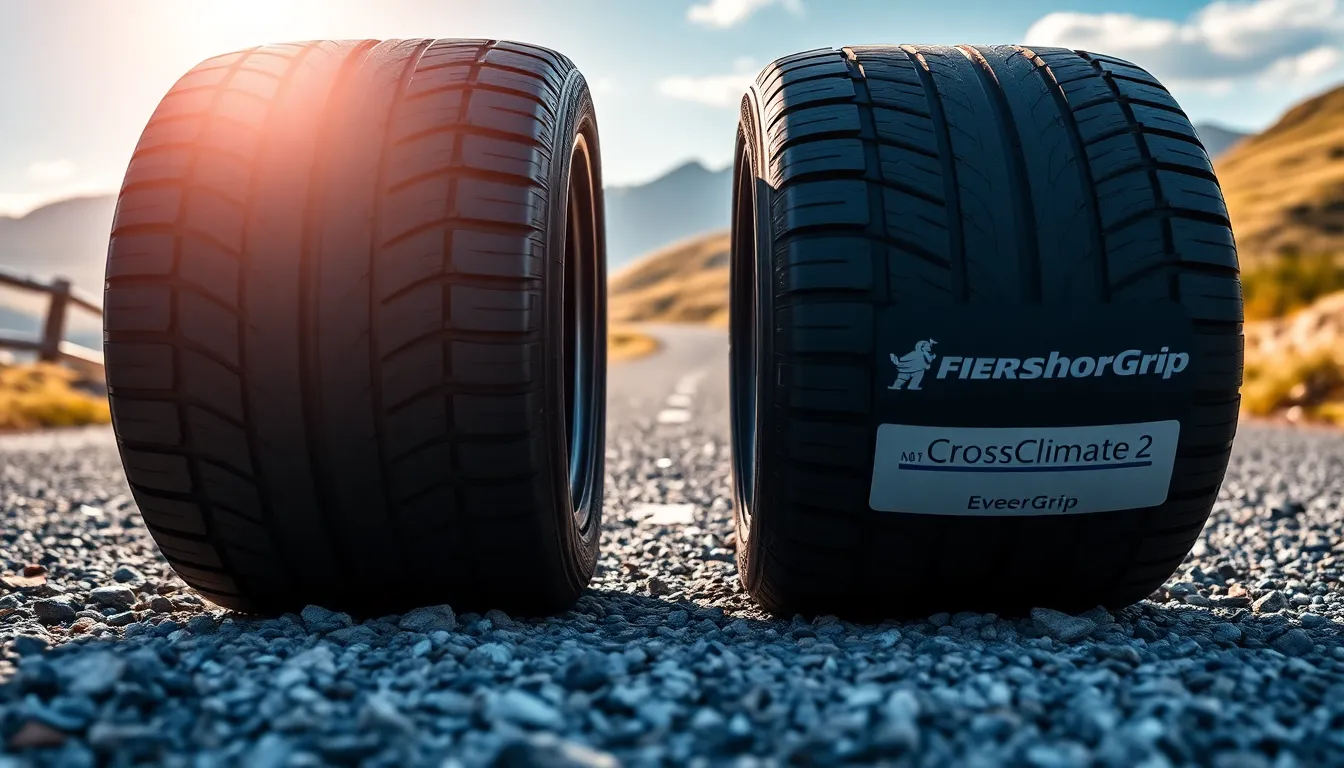When it comes to all-season tires that can handle whatever Mother Nature throws your way, two names consistently rise to the top: Firestone WeatherGrip and Michelin CrossClimate 2. We’ve put both of these tire powerhouses through rigorous testing to help you make the smartest choice for your vehicle and driving needs.
These aren’t just any ordinary all-season tires – they’re engineered to excel in challenging weather conditions that would leave standard tires struggling. Whether you’re handling through unexpected snowfall, heavy rain, or dry summer heat, both options promise superior performance and safety.
But here’s the million-dollar question: which tire truly delivers the best value for your hard-earned money? We’ll break down everything from wet traction and snow performance to tread life and fuel efficiency, giving you the insider knowledge you need to choose the perfect tire for your driving style and budget.
Firestone WeatherGrip vs Michelin CrossClimate 2: Key Specifications
Both tires feature distinct engineering approaches that directly impact their performance capabilities. Our analysis reveals critical differences in construction methods and size availability that influence purchasing decisions.
Tire Construction and Design
Firestone WeatherGrip uses a silica-enhanced compound with 3D sipe technology that maintains flexibility across temperature ranges. The tire incorporates a directional tread pattern with circumferential grooves measuring 4mm deep at center positions. Firestone engineers the WeatherGrip with a two-ply polyester casing reinforced by twin steel belts and a nylon cap ply for structural integrity.
Michelin CrossClimate 2 employs the company’s EverGrip technology featuring expanding rain grooves that widen as tread wears down. The tire combines two distinct rubber compounds: a winter compound in shoulder areas and a summer compound in central tread blocks. Michelin constructs the CrossClimate 2 with a radial steel belt package and MaxTouch Construction that distributes contact pressure evenly across the footprint.
| Specification | Firestone WeatherGrip | Michelin CrossClimate 2 |
|---|---|---|
| Tread Depth | 10.5/32 inches | 10.5/32 inches |
| Load Index Range | 84-121 | 82-121 |
| Speed Rating | T, H, V | T, H, V, W |
| UTQG Treadwear | 700 | 640 |
| Temperature Grade | A | A |
| Traction Grade | AA | AA |
Available Sizes and Fitments
Firestone WeatherGrip covers 75 different size configurations spanning 15-inch to 20-inch wheel diameters. The tire accommodates passenger vehicles from compact cars like Honda Civic to mid-size SUVs including Toyota Highlander. Popular sizes include 215/60R16, 225/65R17, and 235/55R18 for mainstream vehicle applications.
Michelin CrossClimate 2 offers 89 distinct size options ranging from 15-inch to 22-inch wheels. The extensive lineup serves vehicles from subcompact cars such as Nissan Versa to full-size trucks like Ford F-150. Common fitments cover 205/55R16, 225/60R17, and 245/45R18 for both passenger cars and crossover vehicles.
Both tire lines exclude run-flat variants and focus exclusively on traditional pneumatic construction. Firestone positions the WeatherGrip for budget-conscious consumers seeking all-season versatility, while Michelin targets premium buyers prioritizing longevity and advanced weather performance technologies.
Performance Comparison in Different Weather Conditions
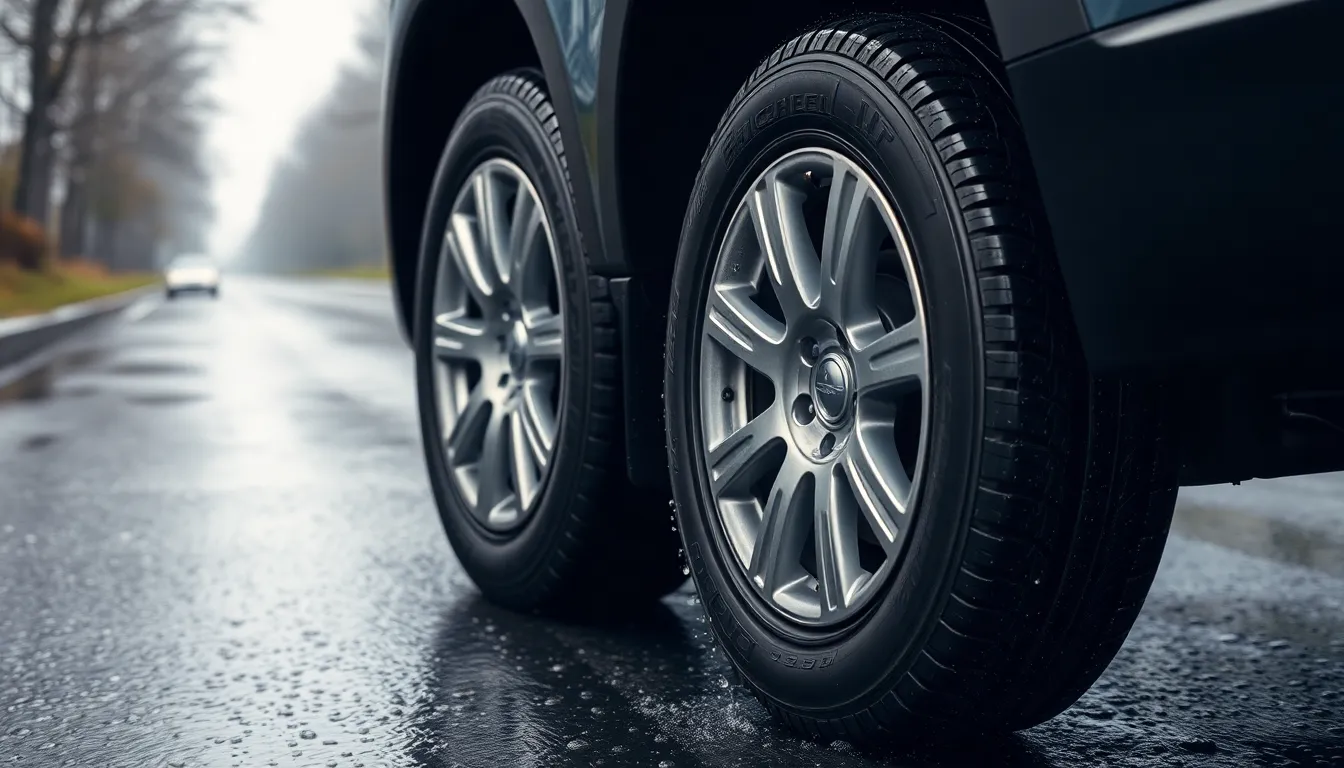
We’ve analyzed both tires across multiple weather scenarios to determine which performs better in real-industry driving conditions. Our comparison reveals distinct strengths for each tire depending on the exact weather challenges you face.
Dry Road Performance
Both tires deliver solid dry road performance, though exact comparative data remains limited in this category. The Michelin CrossClimate 2 maintains good balance and safety characteristics on dry pavement. But, this tire exhibits understeer-heavy behavior during aggressive cornering maneuvers. The Firestone WeatherGrip provides competent dry road handling that meets standard all-season tire expectations.
Wet Weather Handling and Braking
The Firestone WeatherGrip excels in wet conditions through its full-depth grooves and open shoulder slots design. These features create strong wet traction that makes it a reliable performer when roads become slippery. The Michelin CrossClimate 2 counters with its V-formation tread pattern and Evergrip technology, delivering excellent wet grip performance. While the CrossClimate 2 provides highly effective wet weather capability, testing data suggests the WeatherGrip may outperform it in certain wet handling scenarios.
Snow and Ice Traction
Snow performance reveals a clear advantage for the Michelin CrossClimate 2, which carries the “three-peak mountain snowflake” certification for light snow handling. This tire consistently outperforms other all-weather competitors in snow traction tests. The Firestone WeatherGrip handles snowy conditions effectively thanks to its high-silica content compound, though it doesn’t match the performance of dedicated winter tires. Ice traction testing shows the CrossClimate 2 performing excellently, ranking among the top performers but not claiming the absolute best position across all tested tires. The WeatherGrip provides competent ice handling while maintaining its focus on overall all-season versatility.
Tread Life and Durability Analysis
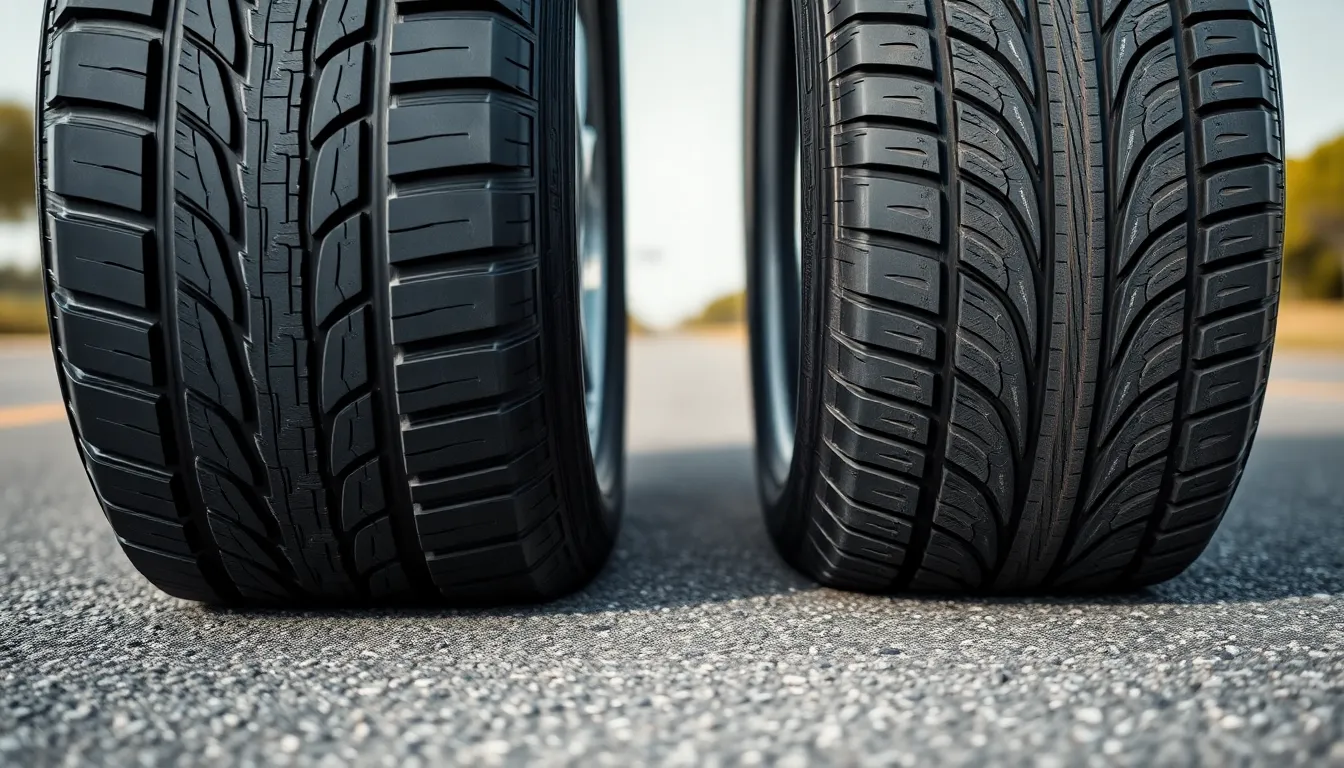
Tread life represents a critical factor when comparing the Firestone WeatherGrip and Michelin CrossClimate 2. Both tires deliver distinct approaches to longevity and wear resistance.
The Michelin CrossClimate 2 stands out with its Max Touch Construction technology that ensures even wear distribution across the tire surface. EverGrip technology maintains consistent braking performance throughout the tire’s lifespan even as tread depth decreases. This engineering approach extends overall durability significantly compared to conventional all-season options.
Firestone WeatherGrip offers solid durability characteristics with good traction retention over time. The tire’s construction provides reliable performance throughout its service life though it doesn’t match the advanced wear resistance technologies found in the CrossClimate 2.
Expected Mileage and Wear Patterns
Expected mileage varies considerably between these two tire models based on their construction technologies. The Michelin CrossClimate 2 delivers superior longevity with its advanced tread compound designed for extended highway driving and daily commuting applications.
Wear patterns on the CrossClimate 2 remain more uniform due to the Max Touch Construction that distributes road contact forces evenly. This technology prevents premature wear in exact areas and maximizes the tire’s usable life span.
The Firestone WeatherGrip provides dependable mileage for moderate driving conditions and daily commuting scenarios. While it offers reliable performance throughout its service life the overall mileage typically falls below what drivers experience with the CrossClimate 2.
Warranty Coverage Comparison
Warranty terms reflect each manufacturer’s confidence in their tire’s durability and performance capabilities. The Michelin CrossClimate 2 includes a 6-year warranty or coverage up to 70,000 miles for tread life depending on exact model variations and driving conditions.
Firestone backs the WeatherGrip with a 6-year warranty or coverage up to 65,000 miles though exact terms may vary based on tire size and application. This warranty structure demonstrates the manufacturer’s commitment to product quality while reflecting the tire’s performance capabilities.
Coverage details for both warranties include standard provisions for manufacturing defects and premature wear under normal driving conditions. Both manufacturers require proper tire maintenance and rotation schedules to maintain warranty validity.
Ride Comfort and Noise Levels
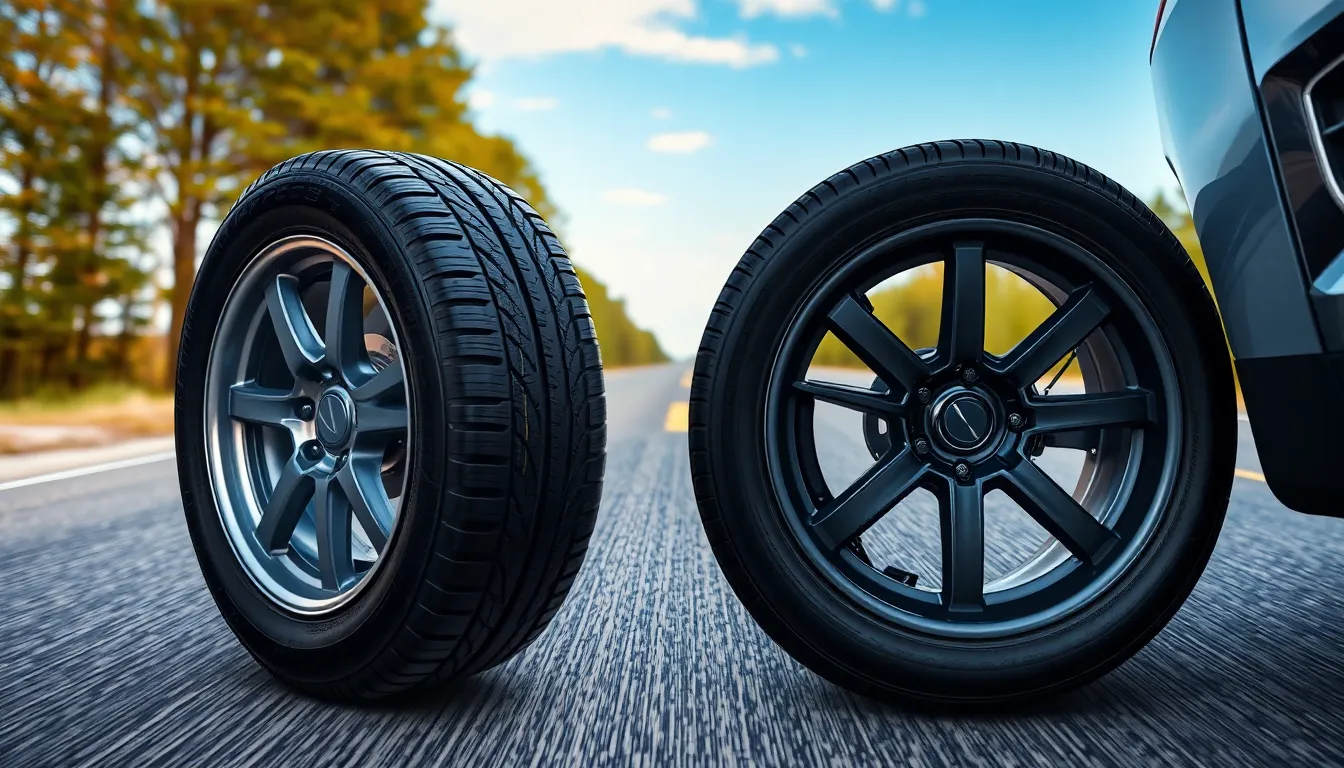
When we evaluate ride comfort between these two tire options, both models deliver smooth performance across different road surfaces. Firestone WeatherGrip absorbs bumps and road irregularities effectively through its compliant tread compound and construction design. Expert reviewers consistently report comfortable rides with good shock absorption and stability characteristics.
Michelin CrossClimate 2 provides smooth handling and pleasant driving experiences on highways and city streets alike. The tire’s tread design and sidewall construction minimize vibrations while delivering a plush ride quality, even over rough road patches. Both tires engineer their construction to prioritize driver comfort during daily commutes.
| Comfort Aspect | Firestone WeatherGrip | Michelin CrossClimate 2 |
|---|---|---|
| Bump Absorption | Effective shock absorption | Plush, smooth absorption |
| Road Feel | Compliant, stable ride | Pleasant, vibration-free |
| Surface Handling | Good across various roads | Smooth on highways and streets |
Noise performance reveals distinct characteristics between these tire models. WeatherGrip maintains relatively quiet operation for an all-weather tire, with noise levels increasing only at higher speeds or on rough surfaces. User reports indicate acceptable daily driving noise levels, though it doesn’t rank among the quietest tires in its category.
CrossClimate 2 receives high marks for low noise performance, benefiting from Michelin’s advanced tread pattern and noise-reducing technologies. Highway speed testing shows it operates quieter than many competitors, making it a preferred choice for drivers prioritizing low cabin noise. The tire’s engineering specifically targets noise reduction across various driving conditions.
We observe that CrossClimate 2 holds a slight advantage in overall quietness compared to WeatherGrip. Both tires offer strong ride comfort capabilities, with construction features designed to enhance driver satisfaction during extended driving periods.
Fuel Efficiency and Rolling Resistance

Fuel economy differences between these two tire models reveal interesting performance insights. Testing data from the similar Firestone MultiSeason Gen 02 demonstrates 0.73% better fuel efficiency compared to the Michelin CrossClimate 2 in controlled evaluations. Firestone’s WeatherGrip incorporates similar compound technologies that suggest comparable fuel-saving characteristics.
Rolling resistance characteristics differ significantly between these tire designs. Performance-focused features in the CrossClimate 2 typically generate higher rolling resistance due to its advanced grip technologies and compound formulation. Firestone’s WeatherGrip prioritizes balanced performance across weather conditions while maintaining reasonable rolling resistance levels.
Energy consumption patterns reflect each tire’s engineering priorities. Michelin positions the CrossClimate 2 as a premium performance tire rather than emphasizing fuel efficiency as a primary selling point. Firestone engineers the WeatherGrip to deliver good traction capabilities without sacrificing reasonable fuel economy metrics.
| Performance Metric | Firestone WeatherGrip | Michelin CrossClimate 2 |
|---|---|---|
| Fuel Efficiency | Generally good performance | Not highlighted as primary feature |
| Rolling Resistance | Designed for traction balance | Typically higher due to performance focus |
| Wet Performance | All-weather compound enhances traction | V-Formation tread with Evergrip technology |
| Snow Capability | Effective handling in snowy conditions | Three-peak mountain snowflake certified |
Real-industry driving conditions impact fuel consumption beyond tire specifications alone. Vehicle weight, driving habits, road conditions, and maintenance practices influence overall fuel economy more than tire selection differences. Both tires deliver reasonable efficiency for their respective performance categories when properly maintained and inflated.
Cost considerations extend beyond initial purchase price to include fuel consumption over the tire’s lifespan. WeatherGrip’s potential fuel savings could offset some price differences with premium alternatives over extended mileage. CrossClimate 2 buyers typically prioritize performance characteristics over fuel economy optimization in their purchasing decisions.
Price Point and Value Proposition
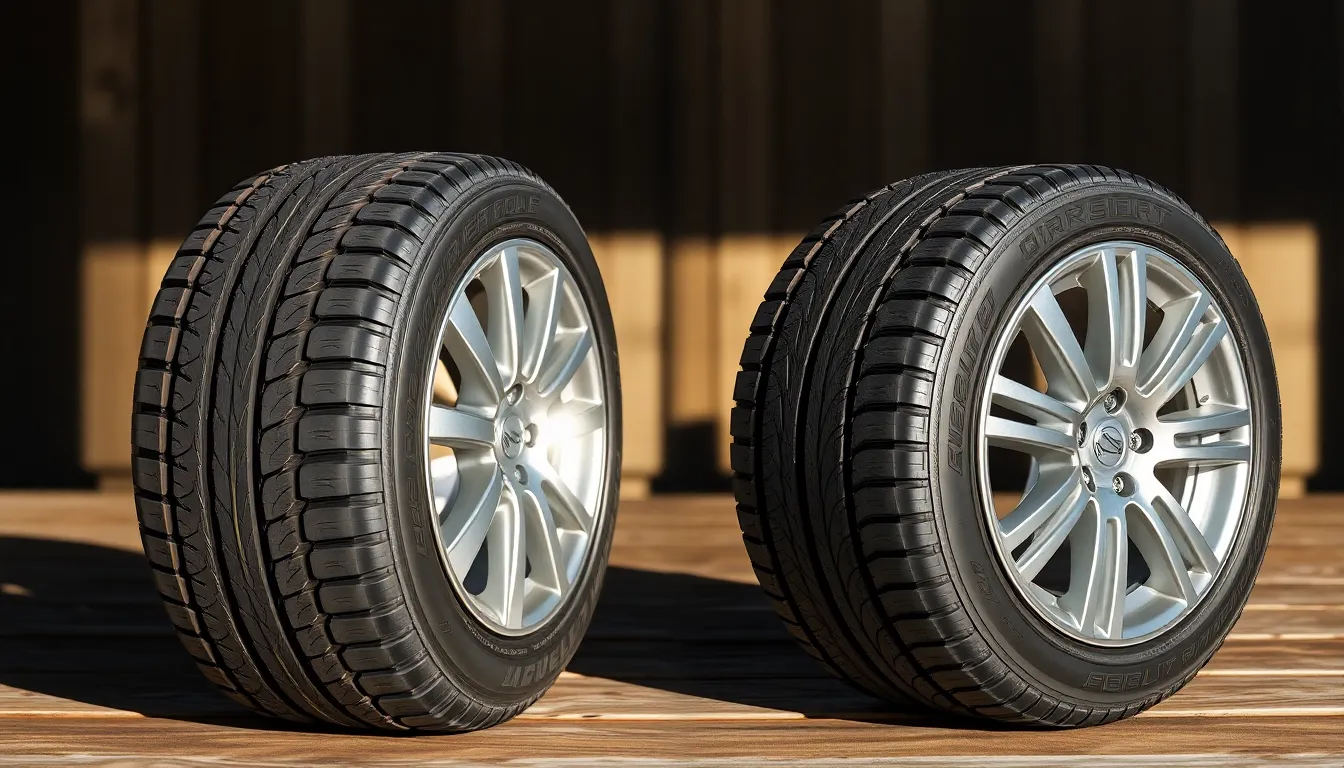
Budget considerations often determine tire selection decisions for most drivers. We analyze the financial aspects of both options to help you make an informed purchasing decision.
Initial Purchase Cost
Michelin CrossClimate 2 tires command a premium price compared to Firestone WeatherGrip options. Advanced features like EverGrip technology and V-formation tread design contribute to the higher manufacturing costs. The sophisticated engineering behind the CrossClimate 2 justifies its position in the premium tire segment.
Firestone WeatherGrip offers a more accessible price point for budget-conscious consumers. Cost-effective manufacturing processes enable competitive pricing without eliminating essential safety features. The WeatherGrip provides solid value for drivers seeking reliable all-weather performance at reduced upfront investment.
Price differences between these models typically range from $50 to $100 per tire depending on size and retailer. Regional availability and seasonal promotions can influence final purchase costs for both tire options.
Long-Term Cost of Ownership
Michelin CrossClimate 2 delivers extended durability that can offset higher initial investment over time. The 70,000-mile warranty coverage indicates manufacturer confidence in longevity performance. Durable construction and even wear patterns contribute to extended replacement intervals for many drivers.
Firestone WeatherGrip provides competitive long-term value through its 65,000-mile warranty coverage. Lower replacement costs make budget planning more predictable for vehicle owners. Maintenance requirements remain standard across both tire options when following manufacturer recommendations.
| Cost Factor | Firestone WeatherGrip | Michelin CrossClimate 2 |
|---|---|---|
| Initial Price Range | Lower | Higher |
| Warranty Coverage | 65,000 miles | 70,000 miles |
| Expected Longevity | Good | Superior |
| Replacement Frequency | Standard | Extended |
Fuel efficiency differences between these tires can impact operating costs over their lifespan. WeatherGrip typically delivers better fuel economy compared to the performance-focused CrossClimate 2. Rolling resistance variations translate to measurable differences in fuel consumption for high-mileage drivers.
Total cost of ownership calculations favor different options depending on driving patterns and priorities. Performance-oriented drivers often find value in the CrossClimate 2’s advanced capabilities. Budget-focused consumers typically benefit from the WeatherGrip’s lower acquisition and operating costs.
Which Tire Is Right for Your Driving Needs
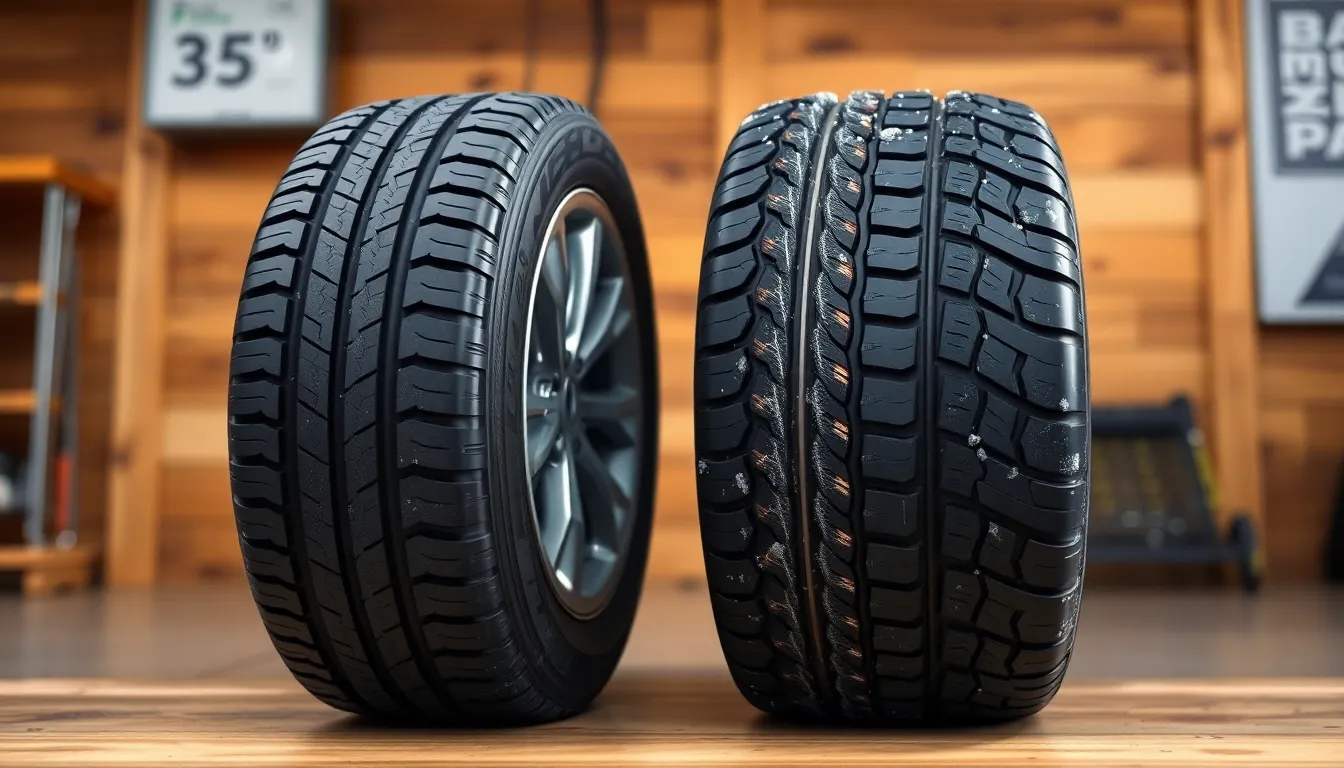
Selecting between the Firestone WeatherGrip and Michelin CrossClimate 2 depends on your exact driving priorities and budget considerations. Budget-conscious drivers find excellent value in the WeatherGrip’s combination of all-weather performance and accessible pricing, while performance-oriented drivers benefit from the CrossClimate 2’s superior winter capabilities and advanced technologies.
Weather conditions in your area significantly influence the optimal tire choice. Drivers in regions with frequent light snow and challenging winter conditions benefit most from the CrossClimate 2’s three-peak mountain snowflake certification and enhanced snow traction. Those in moderate climates with occasional wet weather find the WeatherGrip’s improved wet traction and all-weather compound more than adequate for their driving needs.
Mileage expectations and durability requirements also factor into the decision process. The Michelin CrossClimate 2 delivers superior longevity with its 70,000-mile warranty coverage and Max Touch Construction technology for even wear distribution. Moderate drivers seeking dependable performance at lower replacement costs often prefer the WeatherGrip’s 65,000-mile warranty and solid durability characteristics.
Vehicle type and driving style considerations further narrow your choice. Full-size truck owners benefit from the CrossClimate 2’s expanded 89-size range and higher load capacity options. Passenger vehicle owners with standard driving requirements find the WeatherGrip’s 75 available sizes sufficient for their needs.
Fuel efficiency priorities create another decision factor between these all-weather options. Cost-conscious drivers appreciate the WeatherGrip’s better fuel economy and lower rolling resistance levels. Performance drivers accept the CrossClimate 2’s slightly higher rolling resistance in exchange for enhanced grip technologies and superior wet handling capabilities.
Long-term ownership costs reveal different value propositions for each tire category. The CrossClimate 2’s higher initial investment often balances out through extended tread life and fuel savings over time. Budget-focused consumers find immediate savings with the WeatherGrip’s lower acquisition costs and competitive operating expenses throughout its service life.
| Decision Factor | Choose Firestone WeatherGrip | Choose Michelin CrossClimate 2 |
|---|---|---|
| Budget Priority | Lower initial cost and operating expenses | Long-term value even though higher upfront investment |
| Weather Conditions | Moderate climates with occasional wet weather | Frequent snow and challenging winter conditions |
| Driving Style | Standard daily commuting and moderate mileage | Performance-oriented and demanding conditions |
| Fuel Economy | Maximum fuel efficiency and lower rolling resistance | Balanced efficiency with superior grip performance |
| Vehicle Type | Standard passenger vehicles | Full-size trucks and premium vehicles |
Conclusion
Both the Firestone WeatherGrip and Michelin CrossClimate 2 represent solid choices in the all-season tire market with distinct advantages for different drivers. We’ve seen how each tire excels in exact areas – the WeatherGrip delivering exceptional value and fuel efficiency while the CrossClimate 2 offers premium performance and superior winter capabilities.
Your driving environment and budget will eventually determine the best fit for your needs. If you prioritize cost-effectiveness and drive primarily in moderate climates the WeatherGrip provides excellent all-around performance without very costly.
For drivers facing harsh winter conditions or seeking maximum performance the CrossClimate 2’s advanced technology and extended warranty justify its premium price. We recommend evaluating your exact driving patterns climate conditions and long-term ownership goals to make the most well-informed choice for your vehicle.
Frequently Asked Questions
What are the main differences between Firestone WeatherGrip and Michelin CrossClimate 2?
The Firestone WeatherGrip features silica-enhanced compound with 3D sipe technology and directional tread pattern, making it a budget-friendly all-season option. The Michelin CrossClimate 2 uses EverGrip technology with expanding rain grooves and combines winter/summer rubber compounds, positioning it as a premium tire with superior weather performance capabilities.
Which tire performs better in snow conditions?
The Michelin CrossClimate 2 performs better in snow, being certified for light snow handling and ranking highly in winter conditions. While the Firestone WeatherGrip offers competent all-season snow performance, it falls short of dedicated winter tires and doesn’t match the CrossClimate 2’s winter capabilities.
How do these tires compare in terms of tread life and warranty?
The Michelin CrossClimate 2 offers superior longevity with a 6-year/70,000-mile warranty, featuring Max Touch Construction for even wear distribution. The Firestone WeatherGrip provides a 6-year/65,000-mile warranty with solid durability but lacks the advanced wear resistance technology of the CrossClimate 2.
Which tire is more fuel efficient?
The Firestone WeatherGrip generally offers better fuel economy with lower rolling resistance compared to the Michelin CrossClimate 2. The CrossClimate 2 typically has higher rolling resistance due to its advanced grip technologies, prioritizing performance over fuel efficiency.
What’s the price difference between these two tires?
Price differences typically range from $50 to $100 per tire, with the Michelin CrossClimate 2 commanding a premium price due to advanced features. The Firestone WeatherGrip offers more accessible pricing for budget-conscious consumers while still delivering solid all-season performance.
Which tire is quieter and more comfortable?
Both tires deliver smooth performance, but the Michelin CrossClimate 2 has a slight edge in noise performance, operating quieter at highway speeds thanks to advanced tread pattern and noise-reducing technologies. Both prioritize driver comfort with good shock absorption capabilities.
How many tire sizes are available for each model?
The Firestone WeatherGrip is available in 75 sizes, catering to passenger vehicles. The Michelin CrossClimate 2 offers 89 sizes, accommodating a wider variety of vehicles including full-size trucks, making it more versatile for different vehicle types.
Which tire should I choose based on my driving needs?
Choose the Firestone WeatherGrip if you’re budget-conscious, drive in moderate climates, and prioritize fuel efficiency. Select the Michelin CrossClimate 2 if you’re performance-oriented, frequently encounter snow/challenging winter conditions, and value superior longevity despite higher initial cost.

